Portrait of Dominique Mallet, Egyptologist and director of the newspaper Le Sarthe
Oil on wood signed and dated lower right: Lionel Royer / 1910
Hieroglyphs painted in red on the background to the right of the face
Label on the back: Exposition de 1911 – Société des Amis des Arts du MaineHandwritten inscription:
Portrait de M. Mallet (journalist)
Format with frame 52x43 cm
Portrait of a man with a white beard, with a gaze that is both lively and serious, presented in three-quarters on a brown background. Dominique Mallet (1833–1926) is represented here as an intellectual and a man of letters. While his dark suit bears witness to his position as a notable and director of the newspaper Le Sarthe, one detail immediately catches the eye: a column of hieroglyphs carefully painted in red to the right of his face.
This inscription, placed conspicuously against the background, is not decorative: it echoes the scientific career of the model, a renowned Egyptologist and member of the French Institute of Oriental Archaeology (IFAO) in Cairo.
This scholarly nod adds depth to the portrait by affirming his belonging to the scholarly world of Orientalism, like the portraits of his illustrious predecessors.
Painted in 1910, the portrait was presented the following year at the Exhibition of the Société des Amis des Arts du Maine. The realistic style, the polished workmanship and the psychological penetration of the model are typical of Lionel Royer, a former student of Cabanel, known for his large historical compositions such as Vercingetorix Throws His Arms at Caesar's Feet.
Dominique Mallet was a prominent figure in the French intellectual landscape of the Third Republic. Journalist, director of Le Sarthe, he also pursued a scholarly career in the field of Egyptology, within the IFAO founded in 1880 in Cairo. This dual commitment — between regional press and orientalist scientific knowledge — is reflected here in a portrait where the codes of provincial notabilariat and those of the scientific world intersect.
The inscription is written in red, from top to bottom, in a single column. It is stylized, which makes identification less precise, but several signs inspired by the classical hieroglyphic system can be clearly distinguished.
This is probably not a complete sentence, but rather a symbolic stylization of Dominique Mallet’s name or titles. It could be a scholarly homage, a way of representing his name in a hieroglyphic style, or even a free transcription made by Lionel Royer (or with the help of Mallet himself).
We can assume that these are not “academic” hieroglyphs but an artistic adaptation to evoke: either “Dominique Mallet” in a fantasized Egyptian version, or a title like “scribe”, “director”, “master of writings”, or “man of knowledge”.


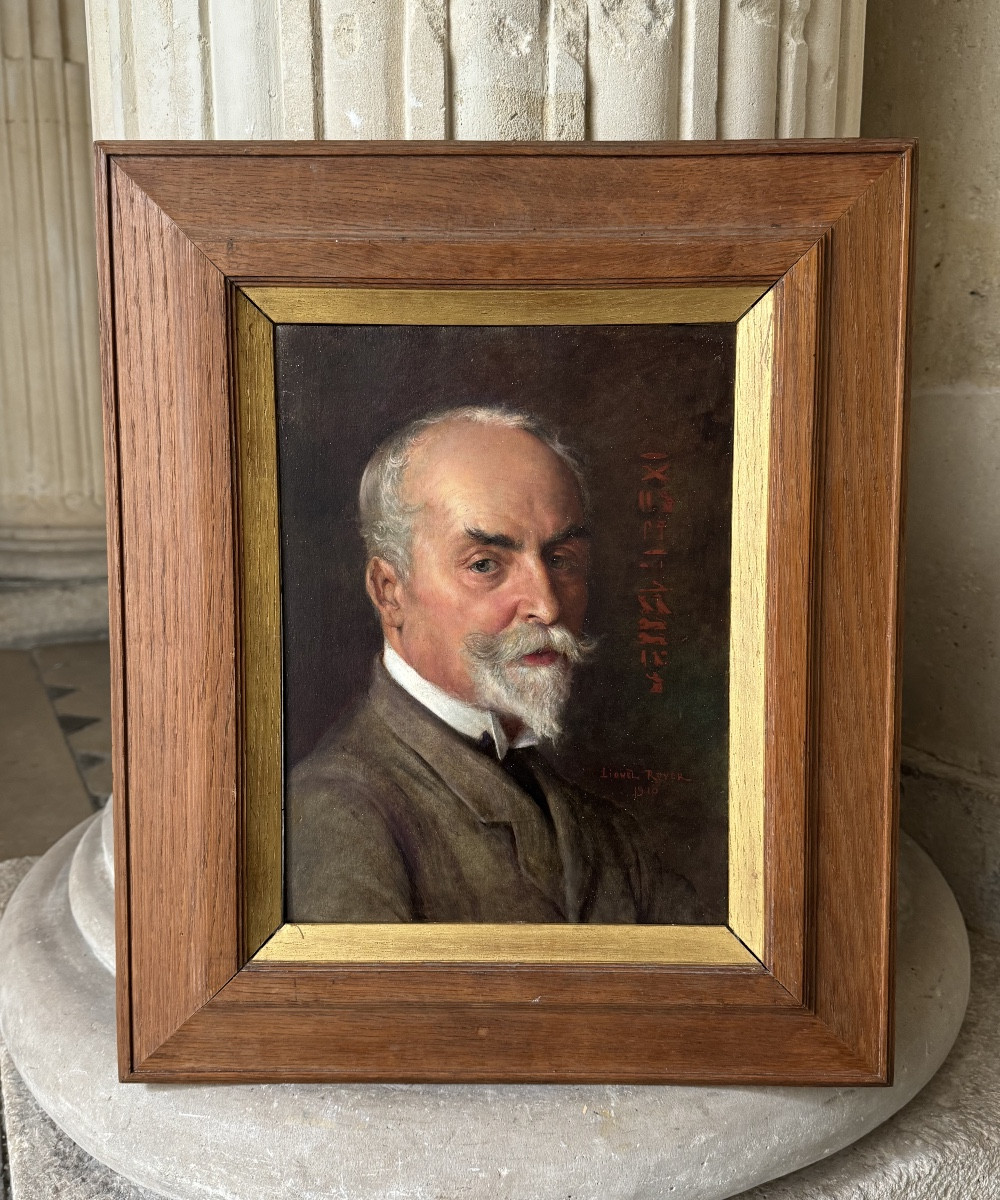




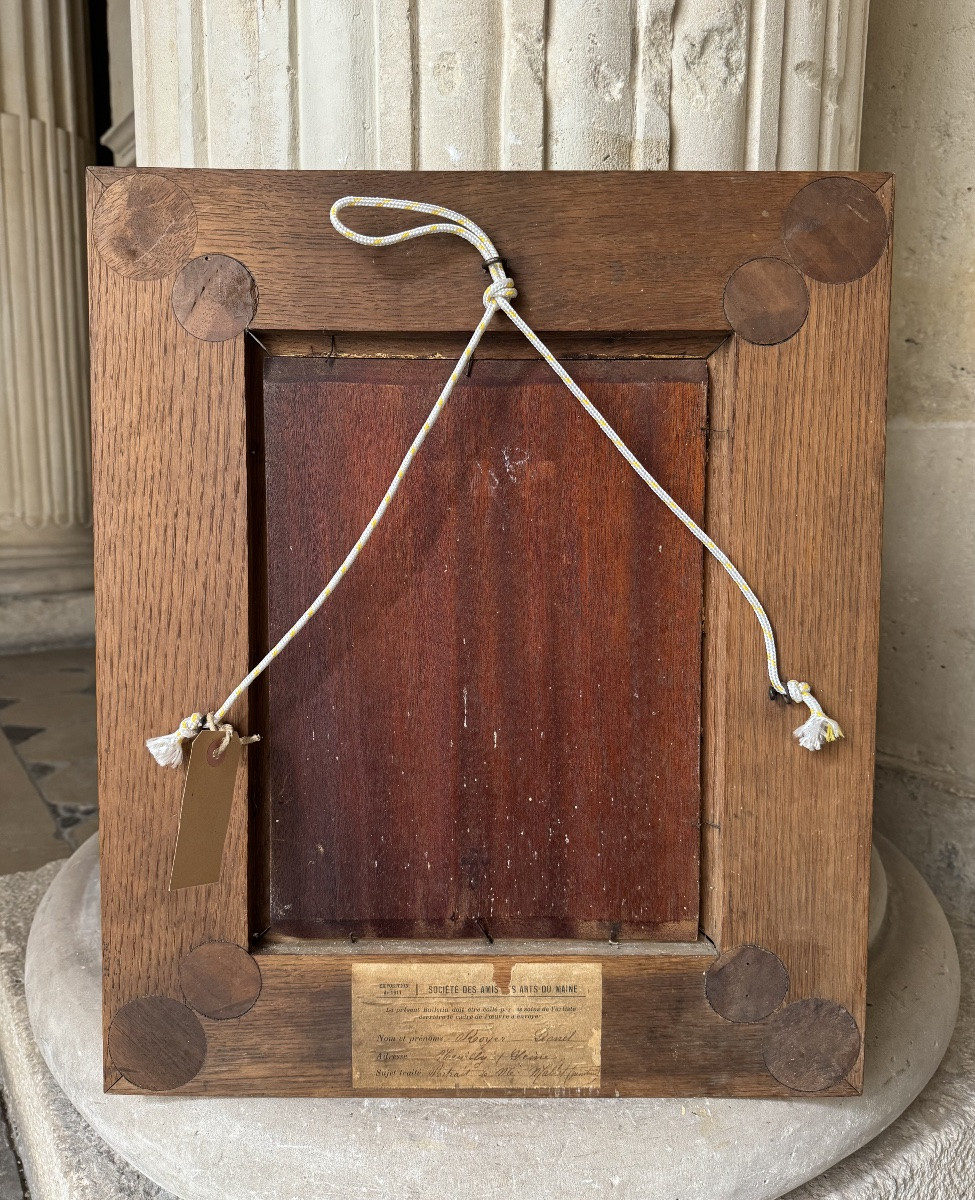


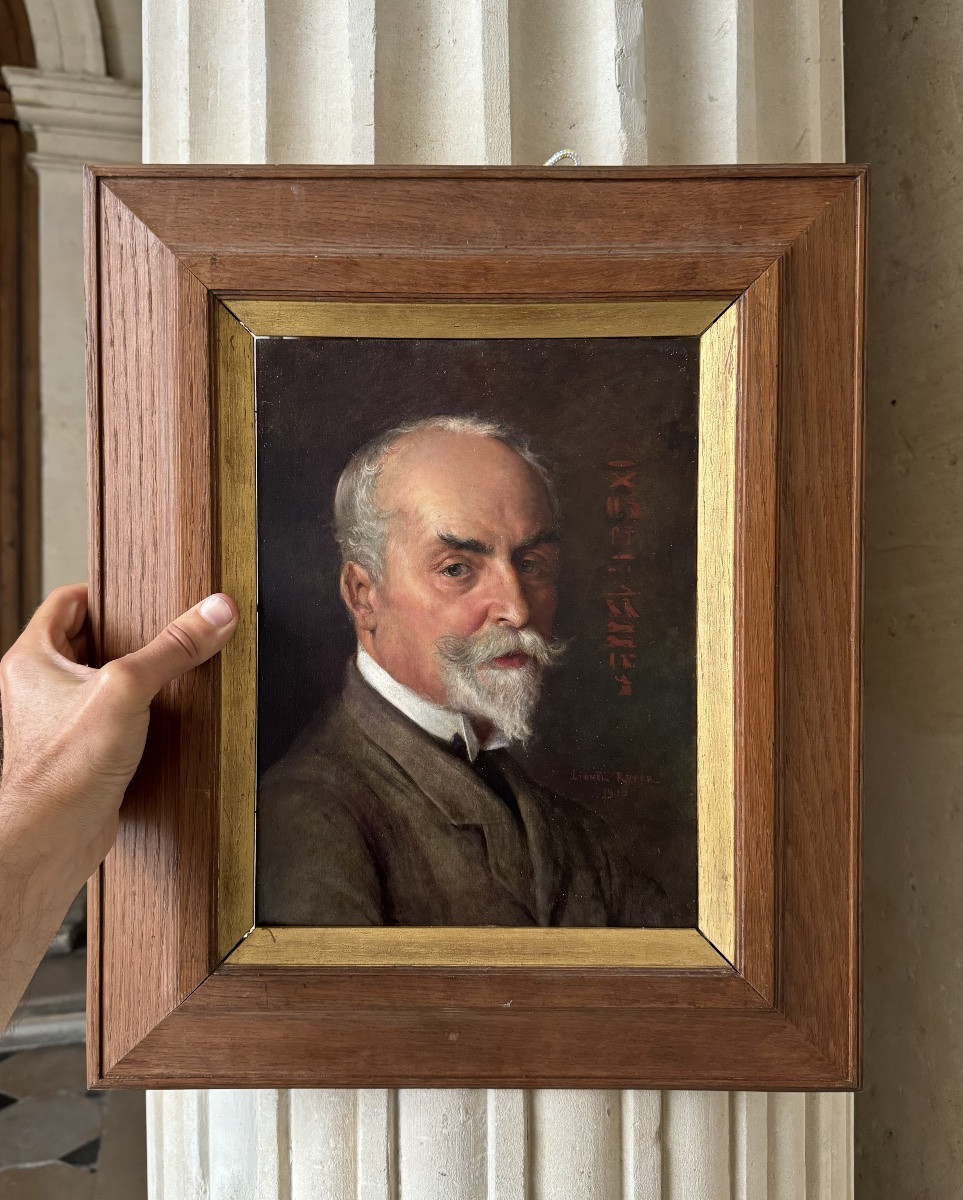











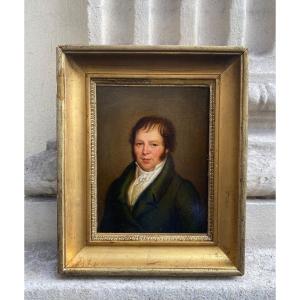
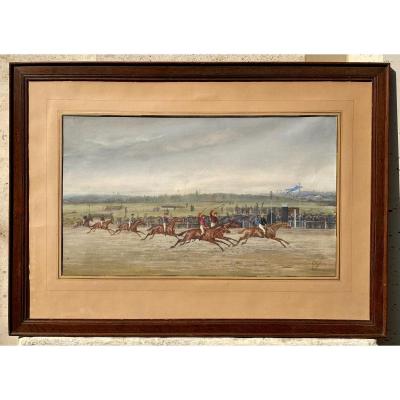





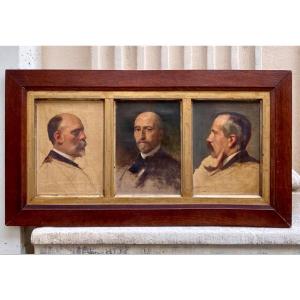




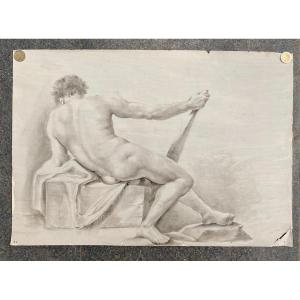

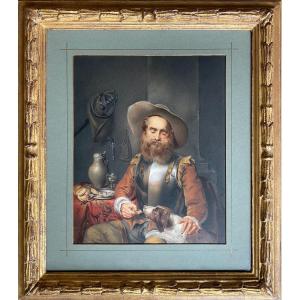
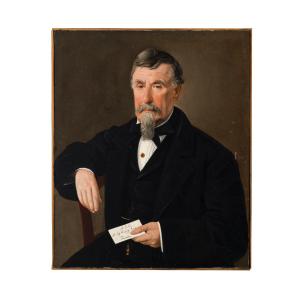





 Le Magazine de PROANTIC
Le Magazine de PROANTIC TRÉSORS Magazine
TRÉSORS Magazine Rivista Artiquariato
Rivista Artiquariato